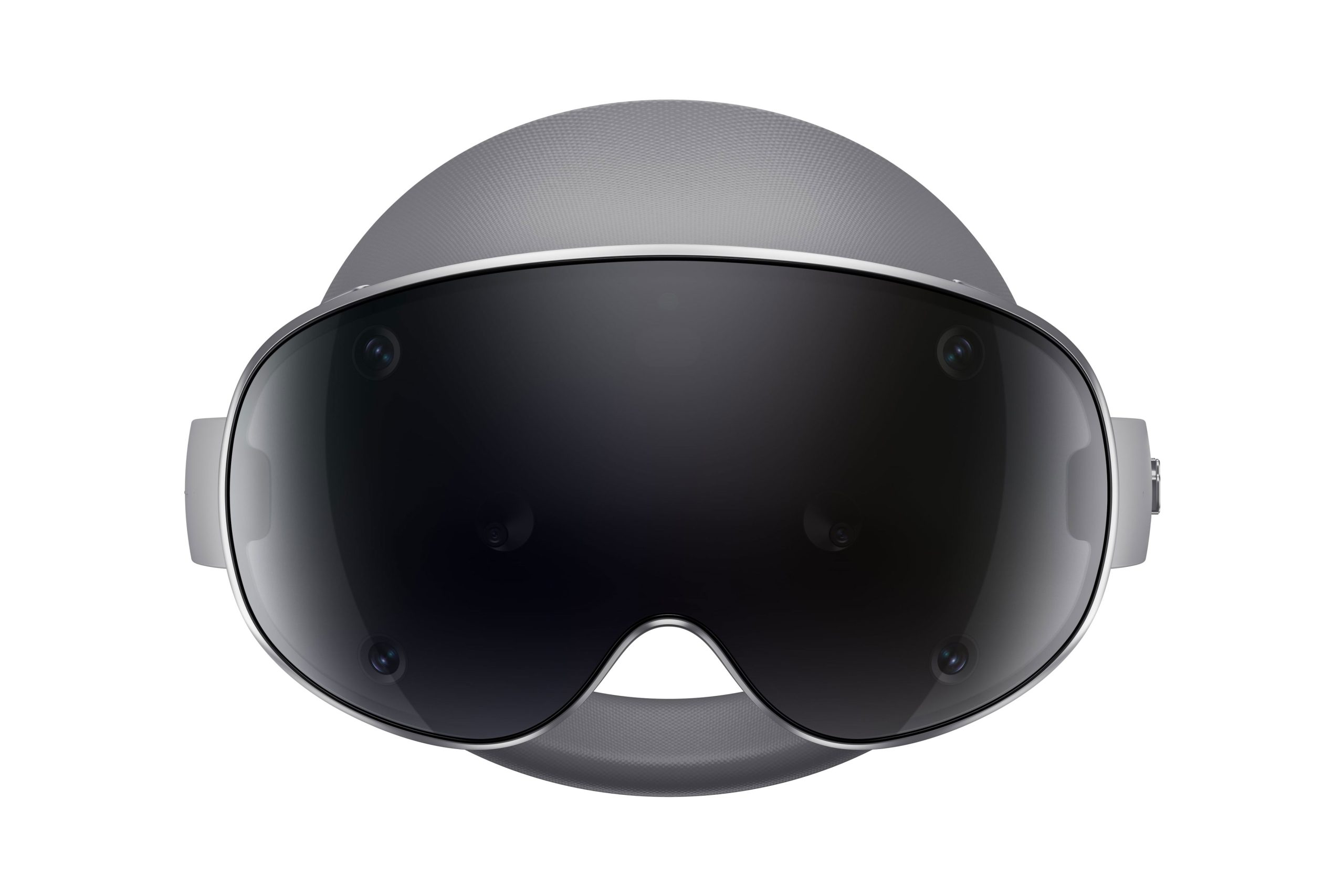Samsung Launches Galaxy XR: A New Era in Extended Reality
On the morning of the 22nd, Samsung Electronics unveiled its latest innovation at its exhibition hall in Seocho-gu, Seoul. The event showcased the company’s new extended reality (XR) product, the ‘Galaxy XR.’ As users put on the headset and said, “Gemini, guide me to Manhattan, New York,” a virtual view of Manhattan’s downtown appeared as if seen from above. When asked for nearby pizzerias, the device quickly found a restaurant on Google Maps, allowing users to check the store’s signature menu or even view the interior through the app.
A VR idol stage video viewed via YouTube was rendered so vividly that it felt like watching the performance live right in front of the eyes. This demonstration highlighted the immersive capabilities of the Galaxy XR, which Samsung has positioned as a key player in the evolving XR market.
AI-Powered XR Experience
The Galaxy XR is the first high-performance XR device developed through a collaboration between Samsung Electronics, Google, and Qualcomm. It features advanced cameras that track eye movements, surrounding spaces, and gestures, enabling control through eye movements, hand gestures, and voice commands while wearing the headset. The device is powered by Qualcomm’s Snapdragon ‘XR2+ 2nd Gen’ chipset, making it one of the most powerful XR headsets available.
Weighing just 545g, the Galaxy XR is significantly lighter than Apple’s Vision Pro, which weighs around 800g. In terms of pricing, the Galaxy XR starts at 2,690,000 Korean won, approximately half the price of Apple’s Vision Pro. The headset also features a 4K micro-OLED display, offering users an ultra-clear visual experience.
Samsung emphasized software development alongside hardware, introducing Android XR, the first dedicated operating system for XR devices. Unlike Apple’s Vision Pro, which does not support popular apps like YouTube or Netflix, the Galaxy XR allows users to access all apps available on the Google Play Store within an XR environment. This includes Google services such as Google Maps, Google Photos, and YouTube, as well as apps commonly used on smartphones. Additionally, exclusive XR content is being released on Naver’s streaming platform ‘Chzzk,’ with plans to expand to global services like Adobe, MLB, and NBA.
Integration of Google’s AI Model
One of the standout features of the Galaxy XR is the integration of Google’s AI model, Gemini. This AI can recognize what the user sees and hears, allowing them to interact with the device in real-time. Users can call upon Gemini at any point during their session to request tasks or ask questions. The ‘Circle to Search’ feature further enhances the user experience by enabling instant searches for information about real-world objects visible through the headset.
Intensifying Global Competition
The current XR market is dominated by Meta’s Quest 3 and Apple’s Vision Pro. As of the second quarter, Meta holds a commanding 71% share of the global XR device market, while Apple holds 4%. Meta’s Quest 3 has gained popularity due to its competitive pricing, which falls within the 700,000 Korean won range. On the same day as the Galaxy XR launch, Apple introduced a new Vision Pro equipped with the M5 chip, signaling continued competition in the space.
Samsung is also looking ahead to the next frontier in wearable technology—smart glasses. The company is collaborating with Google to develop next-generation smart glasses, which are expected to be the next big battleground after XR headsets. Last month, Meta took a step in this direction by releasing the ‘Meta Ray-Ban Displays,’ smart glasses featuring displays and AI capabilities.
Kim Jung-hyun, Head of CX at Samsung Electronics’ MX Division, stated, “Considering the expandability of form factors (the shape of mobile devices), we will continue to evolve in the smart glasses platform.” Samsung plans to partner with eyewear brands such as Gentle Monster and Warby Parker to release competitive smart glasses, further solidifying its presence in the wearable tech market.










